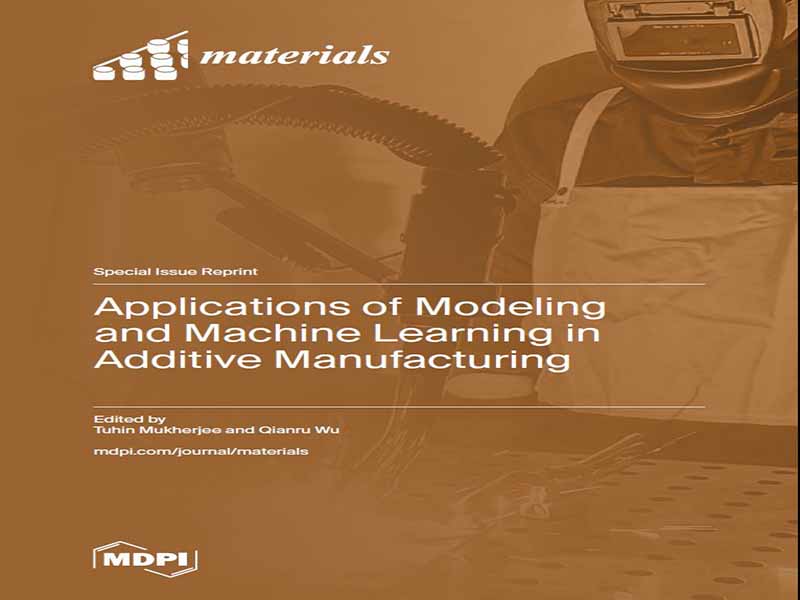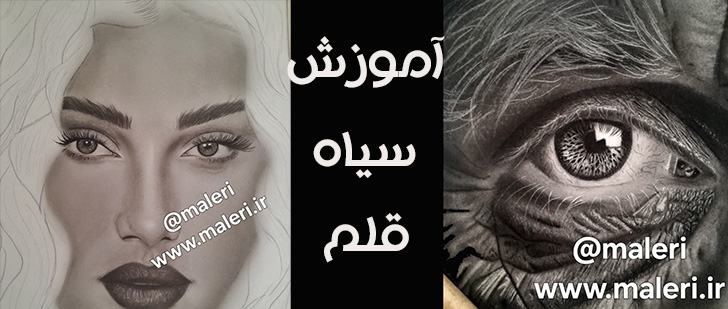- عنوان کتاب: Applications of Modeling and Machine Learning in Additive Manufacturing
- نویسنده: uhin Mukherjee, Qianru Wu
- حوزه: مدلسازی
- سال انتشار: 2025
- تعداد صفحه: 294
- زبان اصلی: انگلیسی
- نوع فایل: pdf
- حجم فایل: 10.2 مگابایت
تولید افزایشی (AM)، که اغلب به عنوان چاپ سه بعدی شناخته میشود، یک تکنیک ترجیحی برای تولید قطعاتی است که تولید آنها از طریق روشهای مرسوم چالش برانگیز است. این رویکرد، ساخت مستقیم قطعات پیچیده را در یک مرحله از یک مدل دیجیتال سه بعدی تسهیل میکند. امروزه، قطعات AM به طور گسترده در بخشهای مختلف، از جمله مراقبتهای بهداشتی، هوافضا، صنعت خودرو، انرژی، بخش دریایی و محصولات مصرفی مورد استفاده قرار میگیرند [1]. نمونههایی از چنین قطعاتی شامل ایمپلنتهای پزشکی سفارشی متناسب با بیماران خاص، قطعات موتور هواپیما، هندسههای پیچیده با کانالهای داخلی، ساختارهای شبکهای و موادی است که با ترکیبات شیمیایی، ریزساختارها و خواص خاص مکان طراحی شدهاند [2]. مواد مورد استفاده شامل فلزات، پلیمرها، سرامیکها و کامپوزیتها هستند. در میان این موارد، چاپ فلز و آلیاژ به دلیل کاربردهای رو به رشد، تقاضای بالا و توانایی تولید قطعات تخصصی و کاربردی، با سرعت بیشتری در حال پیشرفت است. تکنیکهای مختلف AM بر اساس جنس، هندسه و پیچیدگی قطعه مورد نظر به کار گرفته میشوند [3]. به عنوان مثال، همجوشی بستر پودر (PBF) و رسوب انرژی هدایتشده (DED) معمولاً برای قطعات فلزی استفاده میشوند. این فرآیندها شامل ذوب لایههای ظریف پودر یا سیم مواد اولیه با استفاده از منابع انرژی بالا مانند لیزر، پرتوهای الکترونی یا قوس الکتریکی و به دنبال آن انجماد برای تشکیل قطعه نهایی است. به طور مشابه، فرآیندهای مختلفی در صنعت برای چاپ پلیمرها، سرامیکها و مواد کامپوزیتی استفاده میشود. در AM، کاهش عیوب، حفظ ثبات هندسی و کنترل ریزساختار و خواص مکانیکی به دلیل دخالت متغیرهای زیاد با یک پنجره پارامتر بزرگ، با آزمایشهای تجربی زمانبر و پرهزینه قابل دستیابی نیست. مدلهای محاسباتی مبتنی بر فیزیک اغلب به عنوان جایگزین استفاده میشوند. شکل 1 چند نمونه از استفاده از چنین مدلهایی را در AM ارائه میدهد. با این حال، تکامل ریزساختارها، خواص و عیوب به بسیاری از فرآیندهای فیزیکی پیچیده بستگی دارد و درک مکانیکی بسیاری از این فرآیندها به طور کامل توسعه نیافته است. استفاده از تکنیکهای علم داده مانند یادگیری ماشین میتواند چندین مرحله از جمله نظارت بر فرآیند، تشخیص نقص، حسگری و کنترل فرآیند را خودکار کند و میتواند در انتخاب شرایط مناسب پردازش برای بهبود ساختار و خواص کمک کند. این امر نیاز به مداخله انسانی را به حداقل میرساند و کارایی فرآیند، بهرهوری و کیفیت قطعه را به طور قابل توجهی بهبود میبخشد و اتلاف مواد و انرژی و هزینه را کاهش میدهد. مباحث این شماره ویژه شامل کاربردهای مدلسازی و یادگیری ماشین برای طراحی نوین محصولات تولید افزایشی، فرآیندهای تولید افزایشی، طراحی آلیاژ، سفارشیسازی ریزساختارها، خواص مکانیکی و شیمیایی سفارشی، بهبود مقاومت خزش، عمر خستگی و قابلیت سرویسدهی، کاهش عیوب و تنشهای پسماند و اعوجاج است. دامنه این شماره ویژه همچنین شامل تمام فرآیندهای AM برای آلیاژها، سرامیکها و پلیمرها میشود.
Additive manufacturing (AM), often referred to as 3D printing, is a preferred technique for producing components that are challenging to manufacture through conventional methods. This approach facilitates the direct fabrication of complex parts in a single step from a 3D digital model. Today, AM components are widely utilized across various sectors, including healthcare, aerospace, the automotive industry, energy, the marine sector, and consumer products [1]. Examples of such components include custom medical implants tailored to individual patients, aero-engine parts, intricate geometries with internal channels, lattice structures, and materials designed with location-specific chemical compositions, microstructures, and properties [2]. The materials used include metals, polymers, ceramics, and composites. Among these, metal and alloy printing is advancing most rapidly due to its growing applications, high demand, and ability to produce specialized, functional parts. Various AM techniques are employed based on the material, geometry, and complexity of the desired component [3]. For instance, powder bed fusion (PBF) and directed energy deposition (DED) are commonly utilized for metallic parts. These processes involve melting fine layers of powder or wire feedstocks using high-energy sources like lasers, electron beams, or electric arcs, followed by solidification to form the final part. Similarly, different processes are used in the industry for printing polymers, ceramics, and composite materials. In AM, a reduction in defects, maintaining geometric consistency, and control of microstructure and mechanical properties cannot be achieved by time-consuming and expensive experimental trials because of the involvement of many variables with a large parameter window. Physics-based computational models are often used as an alternative. Figure 1 provides a few examples of using such models in AM. However, the evolution of microstructures, properties, and defects depends on many complex physical processes, and the mechanistic understanding of many of these processes is not fully developed. The use of data science techniques such as machine learning can automate several steps, including process monitoring, defect detection, sensing, and process control, and can help in the selection of appropriate processing conditions to improve structure and properties. This would minimize the need for human intervention and significantly improve the process efficiency, productivity, and part quality, and reduce materials and energy waste and cost. Topics in this Special Issue include applications of modeling and machine learning for the novel design of additively manufactured products, additive manufacturing processes, alloy design, tailoring microstructures, customized mechanical and chemical properties, improved creep resistance, fatigue life, and serviceability, reducing defects and residual stresses and distortion. The scope of this Special Issue also includes all AM processes for alloys, ceramics, and polymers.
این کتاب را میتوانید از لینک زیر بصورت رایگان دانلود کنید:
Download: Applications of Modeling and Machine Learning in Additive Manufacturing



































نظرات کاربران